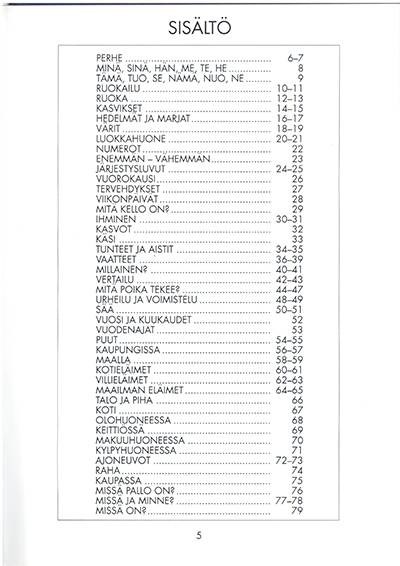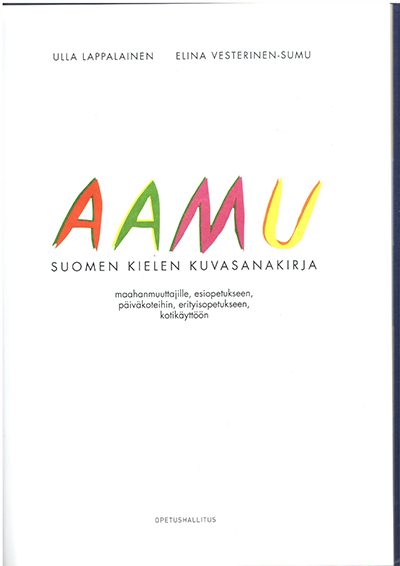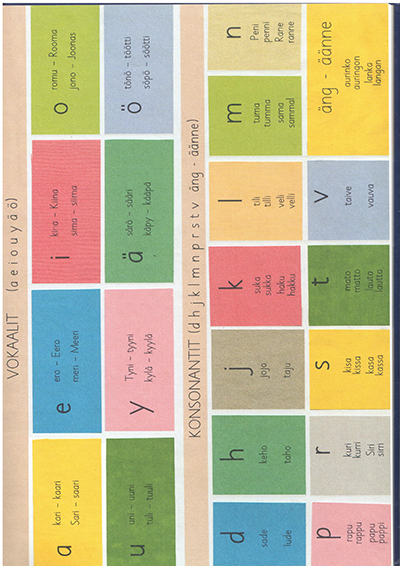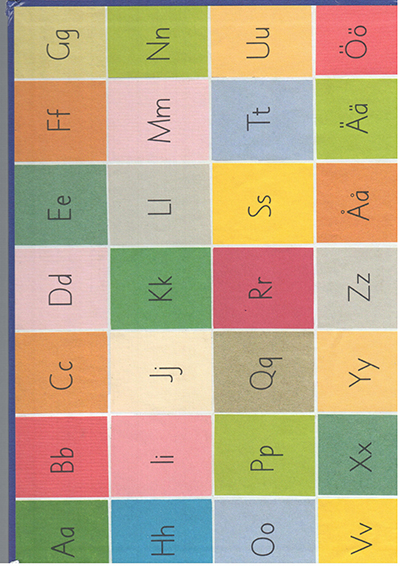| Sorted by date | |||
page160from Nordic Architects Writes
International competition for Espoo Centre
Plan, 1st Prize, Finland, 1967
the dominant and prescriptive feature, and
changes can take place subordinate to it. A constructive basic structure has,
it is true, been used in the same way earlier. Venice’s four-hundred-year-old
Ponte Rialto takes a whole set of tiny shops. The idea is old, but the scale is
new – and frightening.
The
architect is, of course, interested in the problem of where the border lies
between limitation, or conclusiveness, and variation. What can we consider
conclusiv... more ...
|
|||
|
|||
|
|
|||
page159from Nordic Architects Writes
Richards Medical Research Building. The
solution is based on a skillful grouping of building masses of the same shape
and made to square plan. The system has good external flexibility – it
withstands very well the addition of similar units – but the internal,
functional flexibility is hampered by the fact that internal changes can only
take place within the square sections. In other words, the plan has no internal
flexibility in the horizontal.
Striving
towards continuity leads naturally to a system which finds expression in the
form of a network or grid. Growth can occur in various directions along the
arms of... more ...
|
|||
|
|||
|
|
|||
page158from Nordic Architects Writes
Alvar Aalto’f Finnish Section at the New
York World Fair, 1939
itself forms a suitable and sufficiently
compact multiple unit. The most important suburb built on this principle in
Scandinavia is probably Albertstlund in Copenhagen, where the large size of the
area would in fact stand more variety in height.
The
forms of building I have described have, of course, been very much simplified,
and may appear in combinatio
 ... more ... ... more ...
|
|||
|
|||
|
|
|||
page157from Nordic Architects Writes
The universal inheritance of classicism
transferred to steel and glass makes its first consistent appearance in the
1940s, in Ludwig Mies van der Rohe’s Illinois Institute of Technology in
Chicago. Having said that he could not in any way predict the developments to
be expected as regards the technical laboratories, Mies van der Rohe concluded
that the only real function of a building is that is can be used flexibly.
The
demand for internal flexibility brings with it many technical and architectural
problems. The external flexibility of a building, on the one hand, faces us with
a totally different kind of probl... more ...
|
|||
|
|||
|
|
|||
page156from Nordic Architects Writes
of research in various fields and in which
rises in student figures bring unexpected surprises. When giving directions to
the architects, Professor Boris Ford of Sussex Univeristy said: “Never believe
the Vice-Chancellor, because when the building is at topping-off stage he will
come to you and say, ‘Excuse me, but we will have to make the building for
twice that number of students’.”
Advance
programming is, of course, an unbeatable aid to the planner, who can use it to
examine his planning commission in a sufficiently long chronological
perspective. Good programming also helps us to define the factors which wil... more ...
|
|||
|
|||
|
|
 ... ...
... ... ... ...
... ... ... ...
... ... ... ...
... ... ... ...
... ... ... ...
... ... ... ...
... ... ... ...
... ... ... ...
... ... ... ...
... ... ... ...
... ... ... ...
... ... ... ...
... ... ... ...
... ... ... ...
... ...